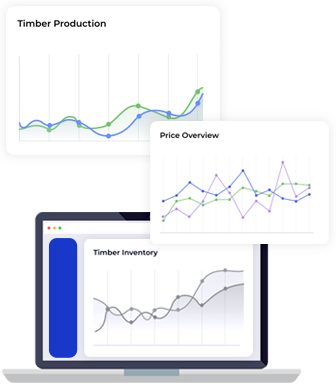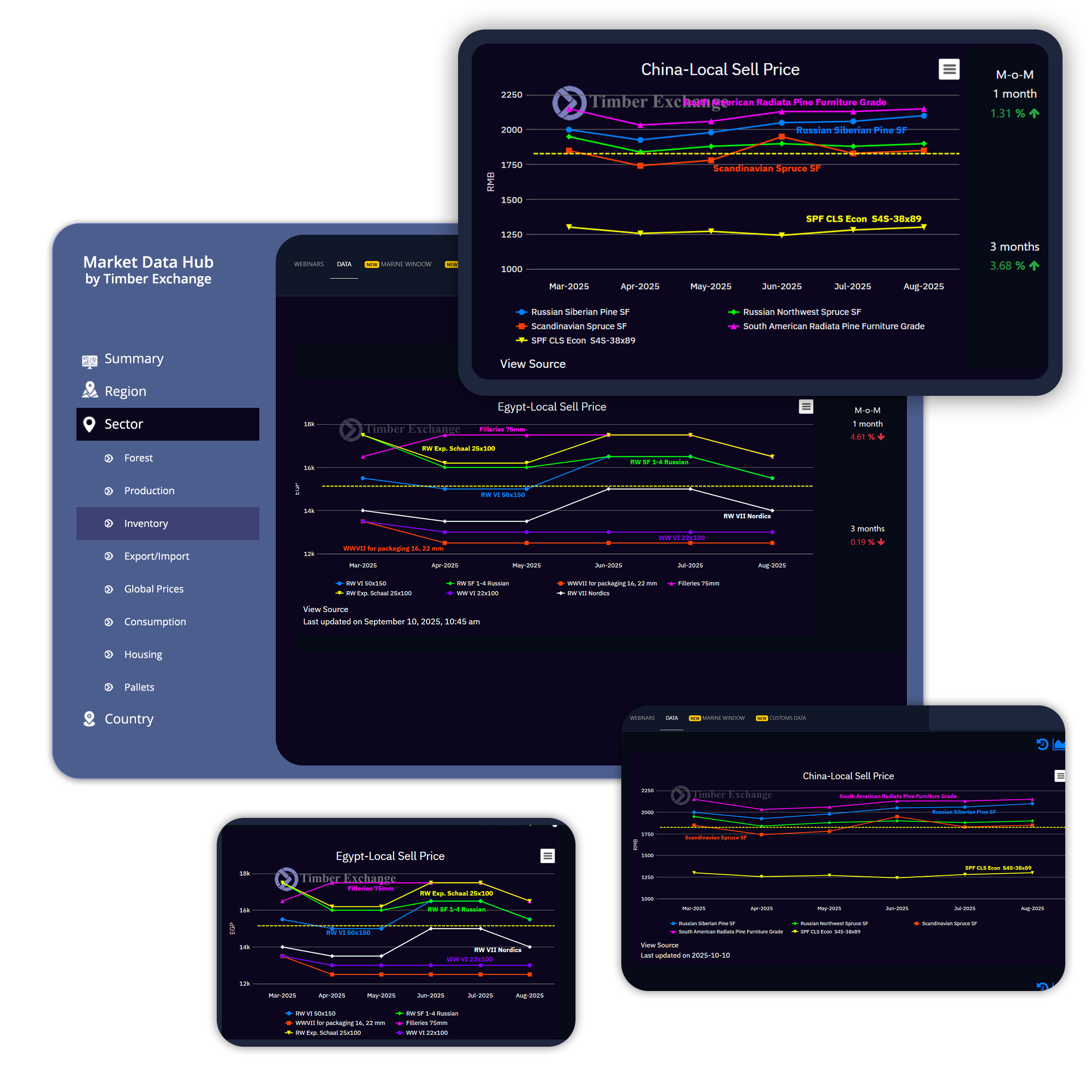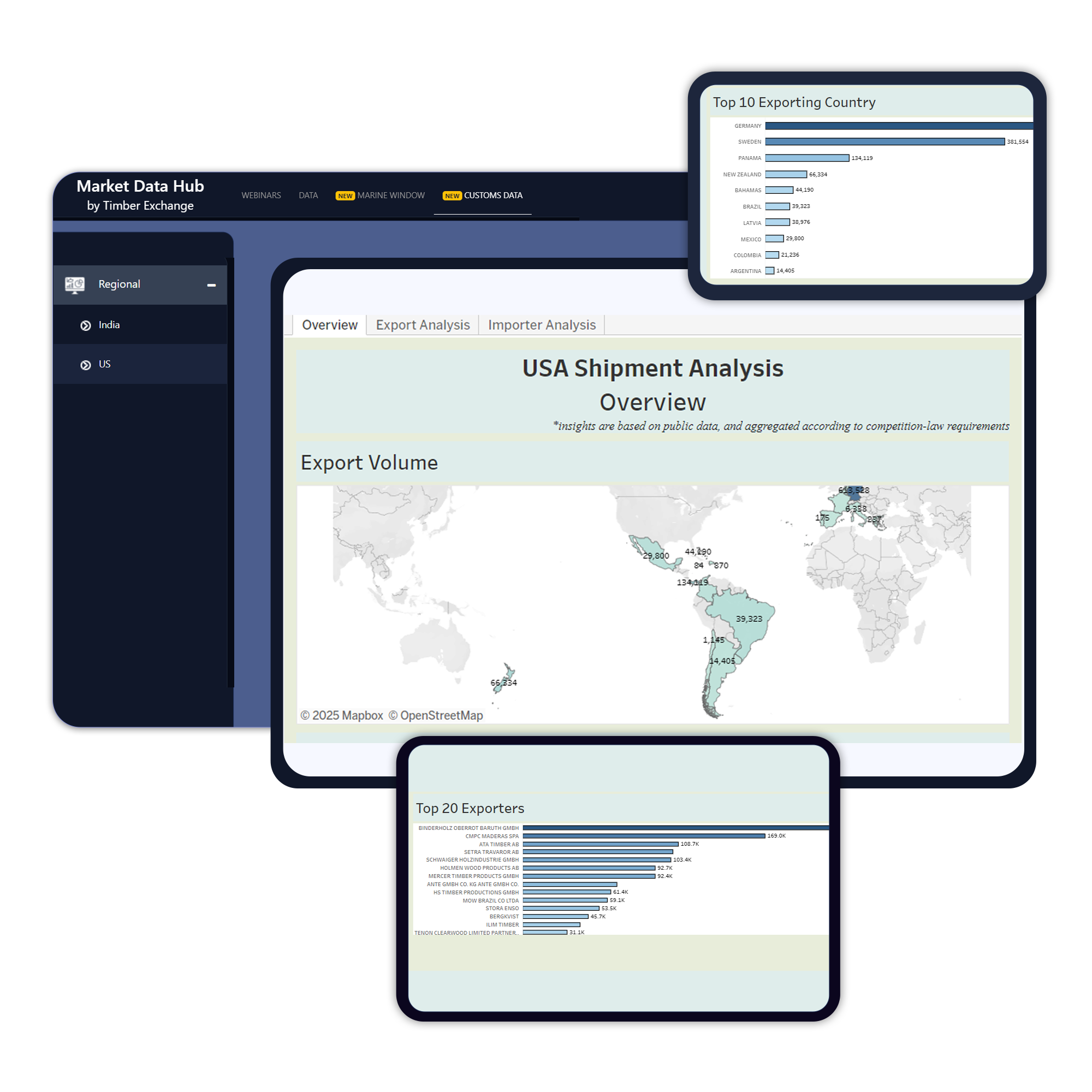
B.C. sawmill curtailment opens the door for EU wood exports to the U.S.
Posted on November 3, 2023 |
Canada, the 2nd-largest global producer of softwood lumber, has observed a reduction in lumber production, going from 48 million m³ in 2017 to 37 million m³ in 2022.
The output of Canadian sawmills fell by 40% when compared to its peak 2 decades ago when it reached 60 million m³.
BC, which traditionally contributed about half of Canada's lumber, faced challenges due to pine-beetle infestations, leading to a decline in production from 23 million m³ in 2016 to just 13 million m³ in 2022.
Lumber shipments in Q1 2023 fell by 20% year-on-year, primarily in the western provinces, while other areas maintained stable levels.
The outlook suggests a tighter lumber supply in North America, which might result in higher lumber prices in the US during the latter part of 2023.
This could lead to increased sawmill production, particularly in British Columbia. However, accessing forests during the fire season could pose challenges.
Historically, the US relied heavily on Canadian sawmills for imported lumber, but due to reduced production in BC, European sawmills have gained a larger market share, reaching 15% in 2023.
This trend is expected to continue in the coming decade, making European sawmills significant suppliers to the US wood market.





